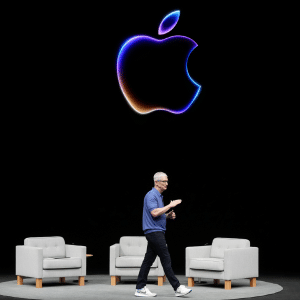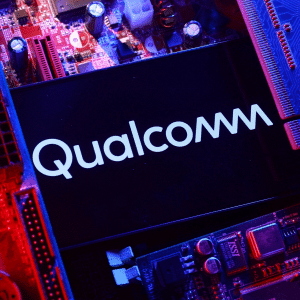
SAN FRANCISCO – Apple is trying to decide whether it makes sense to offer a cheaper iPhone as it tries to boost sales in less-affluent countries and reclaim some of the market share lost to cheaper phones running Google's Android software, according to a published report.
Wednesday's report in The Wall Street Journal speculated that Apple could lower the iPhone's price by equipping the device with an exterior that costs less than the aluminum housing on current models.
A cheaper iPhone could come out as early as this year, or the idea could be tabled for future consideration, as has previously happened. Citing unnamed people familiar with the matter, the Journal said Apple began assessing the pros and cons of making a cheaper iPhone in 2009 and has periodically revisited the notion. Apple Inc. declined to comment to The Associated Press.
Apple so far has stuck with an approach that has stamped the iPhone as the gold standard, a device that warrants a higher price than other smartphones. Under this tack favored by Apple's late CEO, Steve Jobs, the company sells a premium-priced iPhone that has been updated annually with new features since its 2007 debut.
In an attempt to appeal to more budget-conscious consumers, Apple has been selling older models of the iPhone at discounts before phasing them out.
The latest iPhones start at $199 in the U.S., but those prices are subsidized by wireless carriers, which figure they can make up the costs through monthly service fees over the life of a two-year contract.
The unsubsidized prices start at $649. That is proving to be too much for many people looking to stay connected on the go, prompting them to snap up more affordable smartphones, including Android devices made by Samsung Electronics Co. and others. Google Inc. doesn't charge for the Android mobile operating system, making it easier for device makers to undercut the iPhone. Apple doesn't allow rivals to use the iPhone's iOS operating system at all.
Android devices accounted for 75 percent of smartphone shipments during the three months ending in September, up from 58 percent at the same time in 2011, according to the research firm IDC. The iPhone's share stood at 15 percent in September, up from 14 percent in the previous year.
Google says more than 500 million Android devices have been activated since the software's release four years ago. By comparison, Apple had sold about 271 million iPhones through last September.
Apple could fall further behind as it focuses more on markets outside the U.S. and Europe. That's because many households in some of the most promising markets, including China, can't afford iPhones at their current prices. Apple CEO Tim Cook, who took over the helm shortly before Jobs died in October 2011, is currently visiting China.
“The Western markets are saturated and Apple has to look at emerging growth markets and develop a product that meets the demands of the region and affordability,” said N. Venkat Venkatraman, chairman of the Information Systems Department at Boston University's school of management.
Under Cook's leadership, Apple already has deviated from Jobs' philosophy by selling less-expensive versions of its products. Late last year, Apple introduced a smaller model of its iPad. The iPad Mini sells for $329, or about a third less than what the latest full-size iPad starts at. Even so, Apple is still charging $80 to $130 more for the iPad Mini than similar-sized tablets, including Google's Nexus 7.
Analysts are divided on whether a cheaper iPhone would be good for Apple. Some believe Apple needs to expand the choices to preserve market share and sustain revenue growth. Others fear a less-expensive iPhone would siphon sales from the premium model and diminish the company's profit margins. That same concern raised by the recent introduction of the iPad Mini is one of the reasons that Apple's stock price has fallen 26 percent from a peak reached in late September, just as the latest iPhone went on sale.
Apple's stock fell $8.21 Wednesday to close at $517.10.
The iPhone and related products generated $80 billion in sales during Apple's last fiscal year, which ended in September. It accounted for more than half of the Cupertino, Calif., company's total revenue.
Associated Press/AP Online












